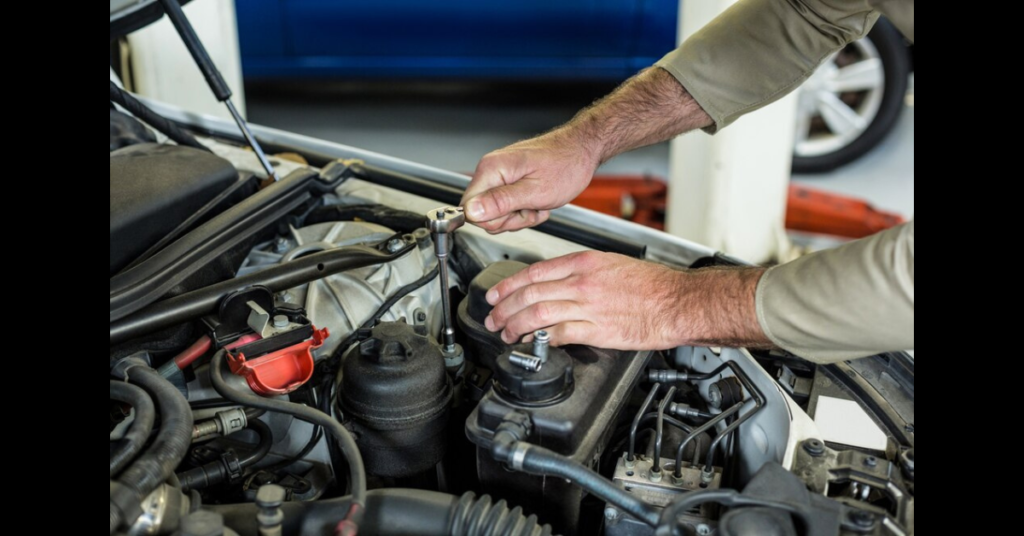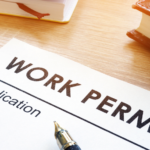Owning a Yamaha VStar 1600 is a rewarding experience, thanks to its robust performance and reliability. However, like any motorcycle, it requires periodic maintenance and attention. One essential skill every VStar 1600 owner should master is manually turning the engine. This process is vital for performing routine checks, diagnosing issues, and ensuring the engine runs smoothly. In this comprehensive guide, we’ll walk you through the steps to manually turn the engine on your VStar 1600, along with safety precautions and maintenance tips.
Understanding the VStar 1600 Engine
Before diving into the manual engine turning process, it’s helpful to understand the engine’s basic mechanics. The VStar 1600 is equipped with a 1,602cc V-twin engine known for its power and torque. It features a four-stroke, air-cooled design with a belt-driven primary system and a five-speed transmission. The engine’s design includes several critical components, including the crankshaft, camshaft, pistons, and valves, which all need to be in good working condition for optimal performance.
Why Turn the Engine Manually?
Manually turning the engine on your VStar 1600 allows you to:
- Perform Routine Checks: Ensure that all components are in proper working order.
- Diagnose Issues: Identify potential problems such as seized components or unusual resistance.
- Inspect for Wear and Tear: Check for signs of damage or excessive wear on internal parts.
- Confirm Smooth Operation: Ensure that the engine turns over smoothly without obstruction.
Tools and Equipment Needed
Before starting the manual engine turning process, gather the following tools and equipment:
- Socket Wrench Set: For removing and installing any components if needed.
- Ratchet Wrench: To turn the crankshaft.
- Feeler Gauges: To check for clearance issues if necessary.
- Oil Filter Wrench: For oil changes, if part of your maintenance routine.
- Safety Gear: Gloves and safety glasses to protect yourself during the process.
Safety Precautions
Safety is paramount when working on your motorcycle. Follow these precautions:
- Work in a Well-Ventilated Area: Ensure adequate ventilation to avoid inhaling exhaust fumes or other harmful gases.
- Use a Stable Surface: Work on a flat, stable surface to prevent the motorcycle from tipping over.
- Wear Safety Gear: Gloves and safety glasses protect you from debris and moving parts.
- Disconnect the Battery: Disconnect the battery to prevent accidental starts and electrical hazards.
Steps to Manually Turn the Engine on a VStar 1600
Follow these steps to manually turn the engine:
1. Prepare Your Motorcycle
- Ensure the Motorcycle is in Neutral: Before you start, ensure that the motorcycle is in neutral gear. This prevents the bike from moving while you’re turning the engine.
- Remove the Seat and Fuel Tank (if necessary): Accessing the engine may require removing the seat and fuel tank. Consult your motorcycle’s service manual for specific instructions.
2. Locate the Crankshaft Pulley
- Identify the Crankshaft Pulley: The crankshaft pulley is usually located at the front of the engine, often connected to the crankshaft. It may be covered by a timing cover or other components.
3. Access the Crankshaft
- Remove Any Covers: If the crankshaft pulley is covered, remove the necessary covers using a socket wrench and ratchet. Keep track of screws and bolts for reassembly.
- Inspect the Crankshaft: Check for any visible damage or obstructions around the crankshaft area.
4. Turn the Crankshaft Manually
- Attach the Ratchet Wrench: Place the ratchet wrench onto the crankshaft pulley bolt. Ensure it fits securely.
- Turn the Crankshaft: Slowly turn the crankshaft in the direction of normal rotation (usually clockwise). Apply steady, even pressure. If you encounter resistance, stop and investigate the cause before proceeding.
5. Check for Smooth Operation
- Listen for Unusual Noises: As you turn the crankshaft, listen for any unusual noises such as grinding or clanking, which could indicate internal issues.
- Feel for Smoothness: Ensure the crankshaft turns smoothly without binding or excessive resistance.
6. Reassemble the Motorcycle
- Replace Covers and Components: Once you’ve finished turning the engine, replace any covers or components you removed. Secure them with screws and bolts.
- Reinstall the Fuel Tank and Seat: If you removed the fuel tank and seat, reinstall them according to your motorcycle’s service manual.
7. Perform Additional Checks
- Check Oil Level: Verify that the oil level is adequate. If needed, add or change the oil according to your motorcycle’s specifications.
- Inspect for Leaks: Look for any signs of leaks around the engine and other components.
Diagnosing Common Issues
While manually turning the engine, you may encounter several common issues. Here’s how to diagnose and address them:
1. Engine Hard to Turn:
- Possible Cause: This could indicate a seized engine or internal component issues.
- Solution: Investigate the source of the resistance. Check for seized pistons, camshaft issues, or other internal problems. Consult a professional mechanic if necessary.
2. Unusual Noises:
- Possible Cause: Grinding or clanking noises may suggest damaged bearings or other components.
- Solution: Identify the source of the noise and inspect the affected parts. Replace damaged components as needed.
3. Inconsistent Turning:
- Possible Cause: If the crankshaft turns unevenly, it could be due to irregularities in the engine components.
- Solution: Check for misaligned parts or damaged components. Ensure everything is properly lubricated and aligned.
Routine Maintenance Tips
Regular maintenance is crucial for keeping your VStar 1600 in top condition. Here are some routine maintenance tips:
- Regular Oil Changes: Change the engine oil and filter according to your motorcycle’s service schedule.
- Inspect and Replace Filters: Check air and fuel filters regularly and replace them as needed.
- Check and Adjust Valve Clearance: Regularly inspect and adjust valve clearance to ensure optimal engine performance.
- Maintain Proper Tire Pressure: Check tire pressure regularly and ensure it is within the recommended range.
Conclusion
Turning the engine manually on your VStar 1600 is a valuable skill that can help you maintain your motorcycle, diagnose issues, and ensure its optimal performance. By following the steps outlined in this guide and adhering to safety precautions, you can effectively perform this task and keep your bike in excellent condition. Regular maintenance and attention to detail will contribute to a smoother and more enjoyable riding experience. Whether you’re a seasoned rider or a newcomer, understanding and mastering this process will enhance your knowledge of your motorcycle and contribute to its longevity and reliability.







